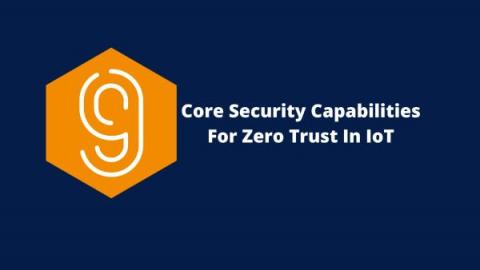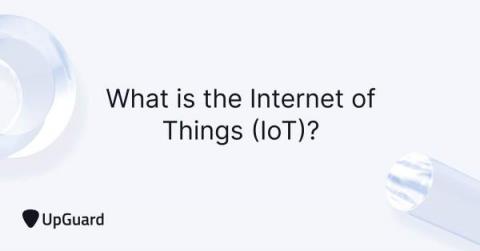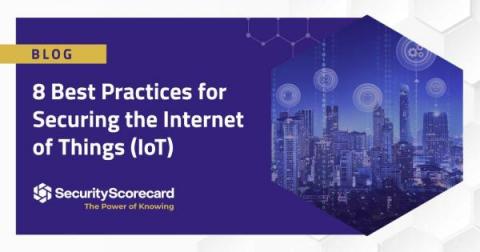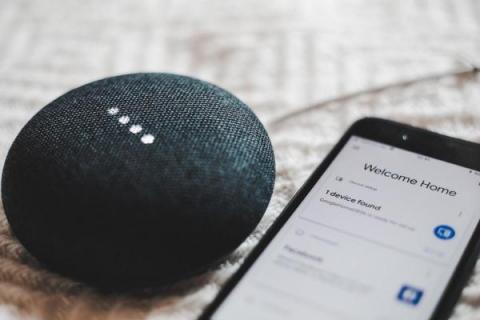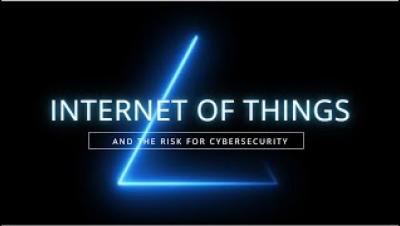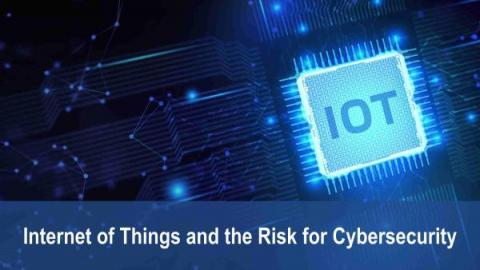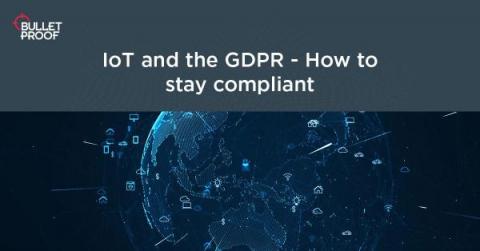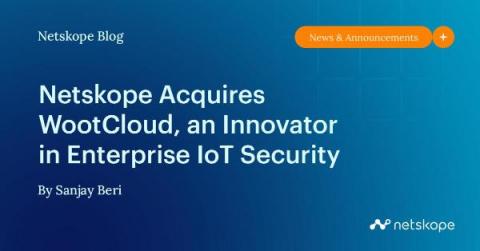Are SASE and Zero Trust the key for manufacturers grappling with IoT cyber risks?
As manufacturers dash headlong into smart factory initiatives, the number of IoT devices operating in factories, warehouses, and across supply chain infrastructure is exploding. Manufacturers seek to utilize IoT in a range of places, be it video camera inspection devices on the assembly line, temperature sensors on refrigeration units, or maintenance telemetry sensors on factory equipment.



